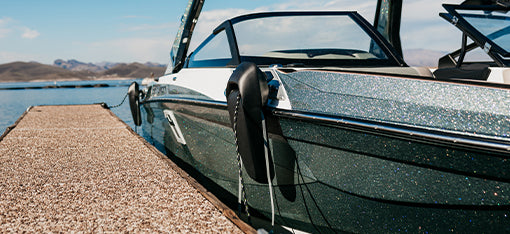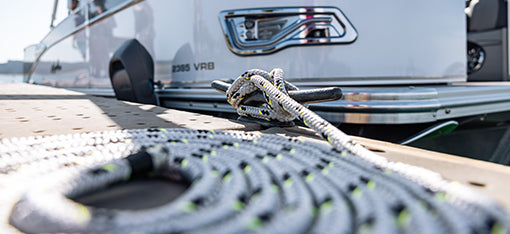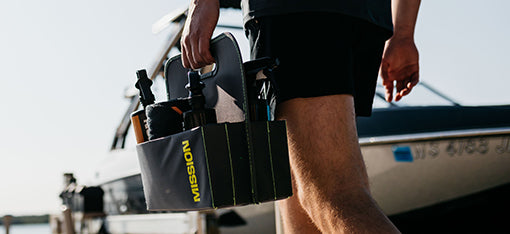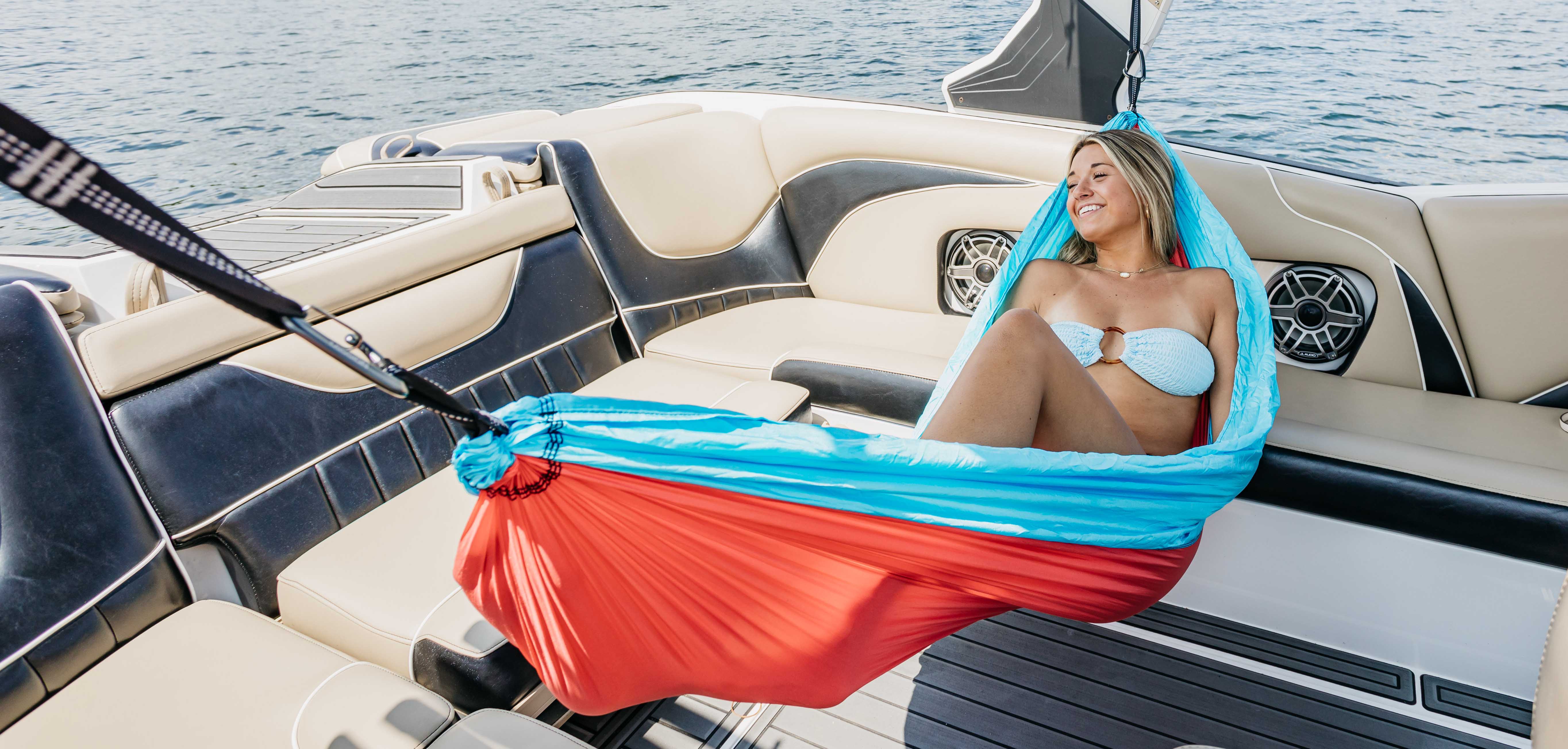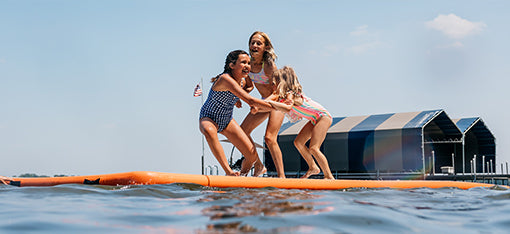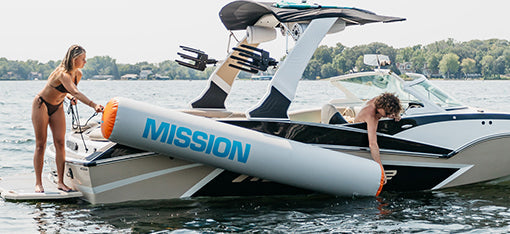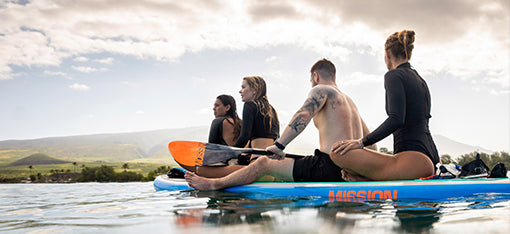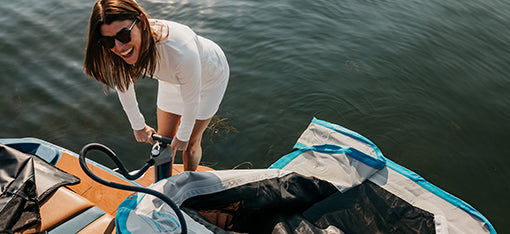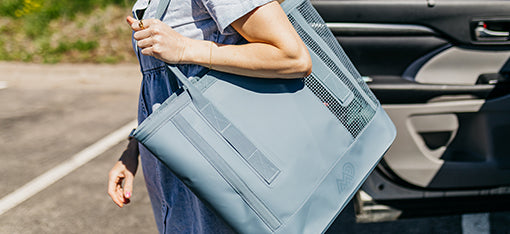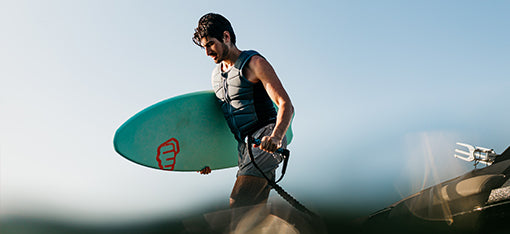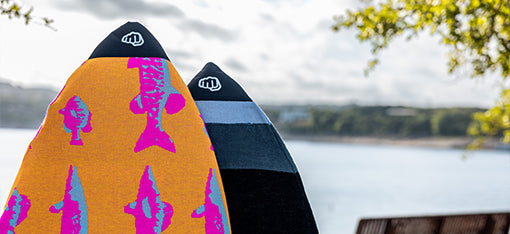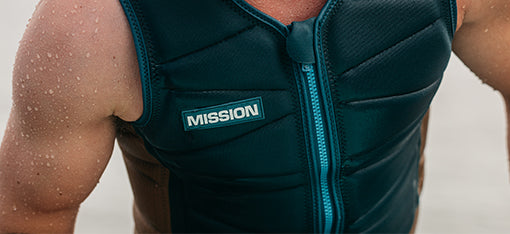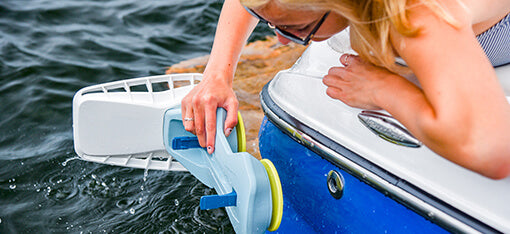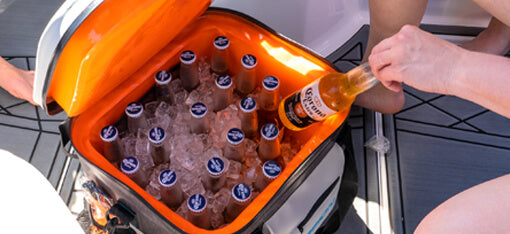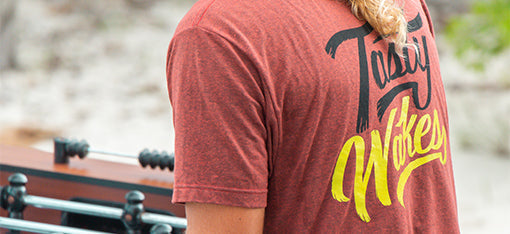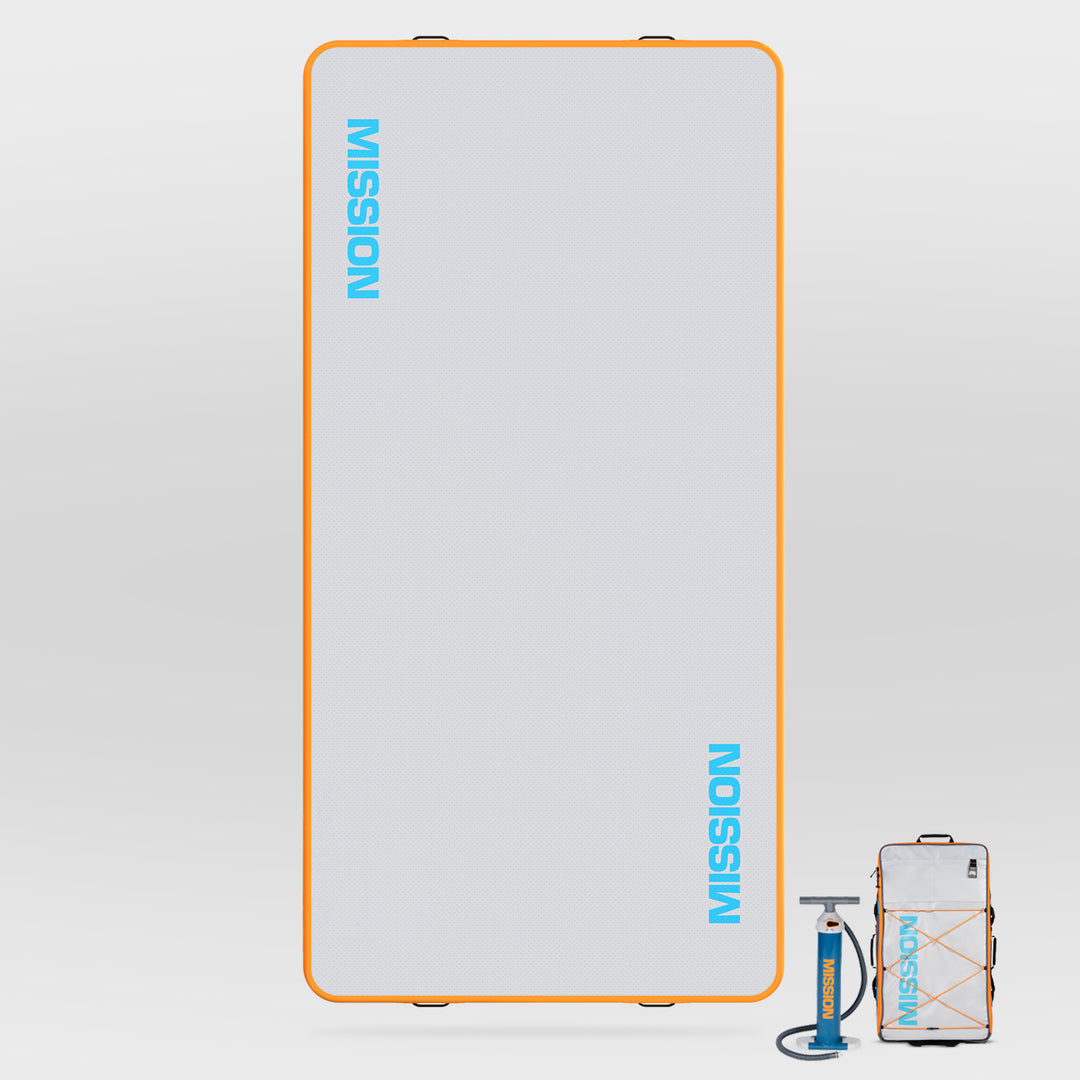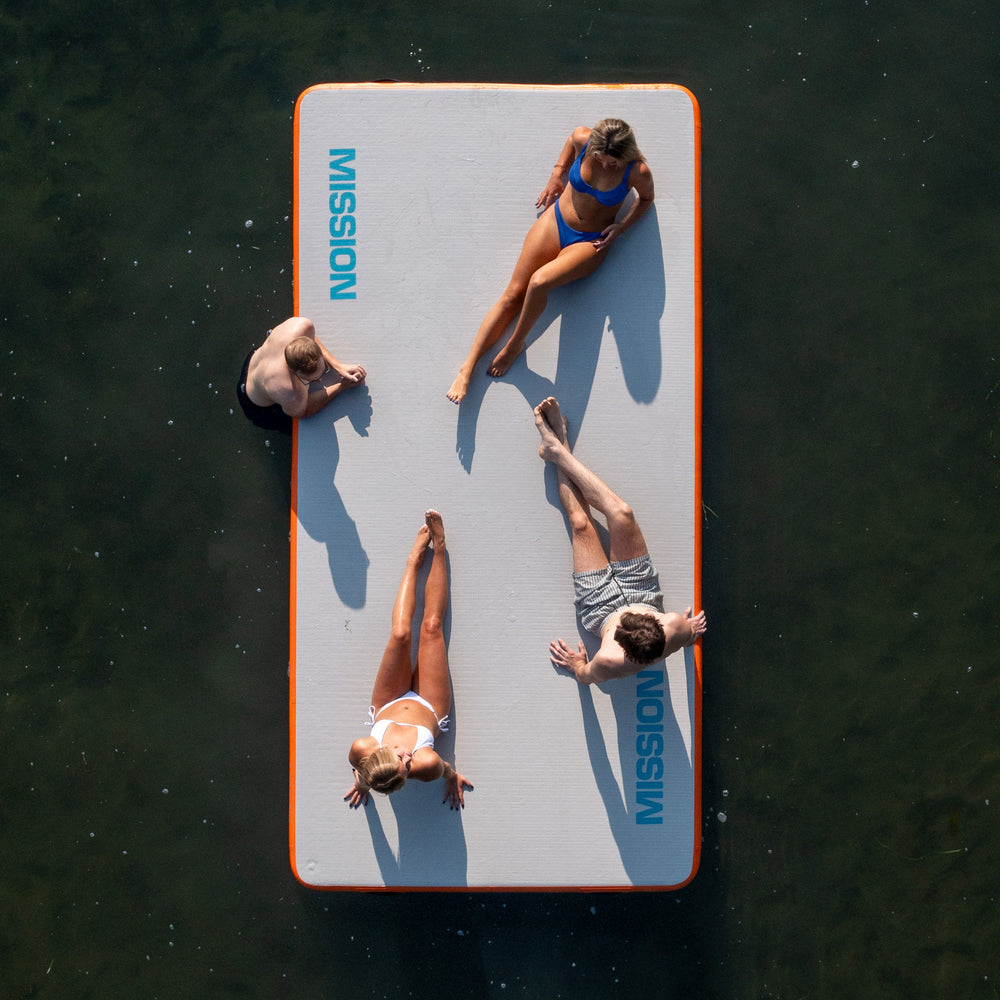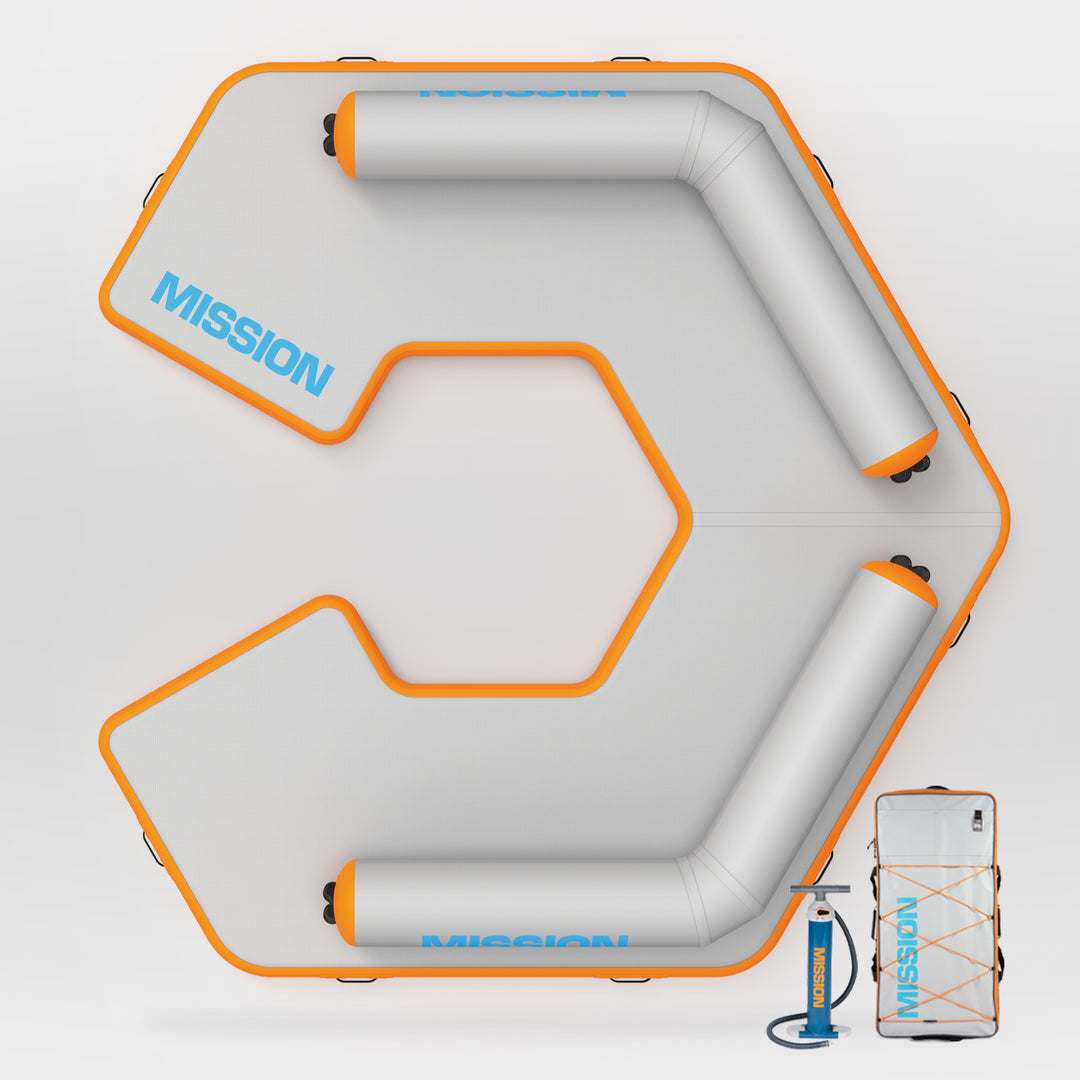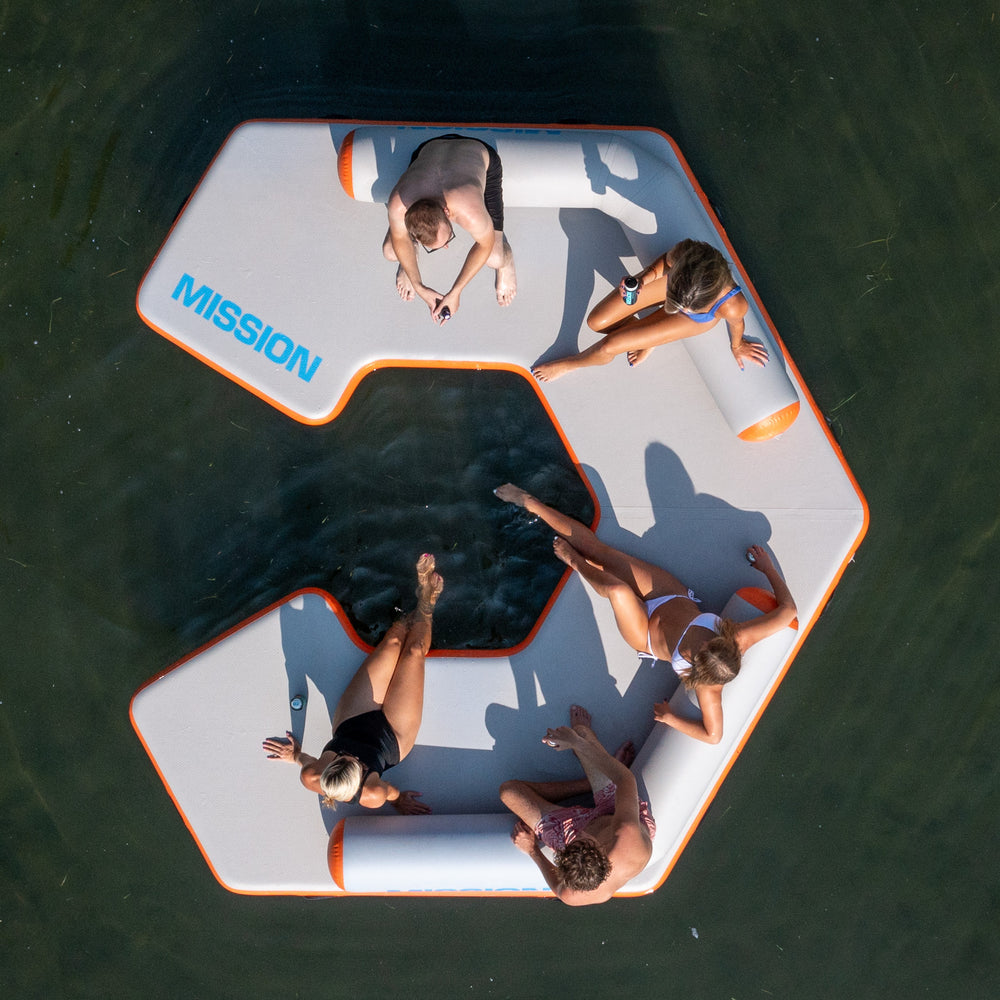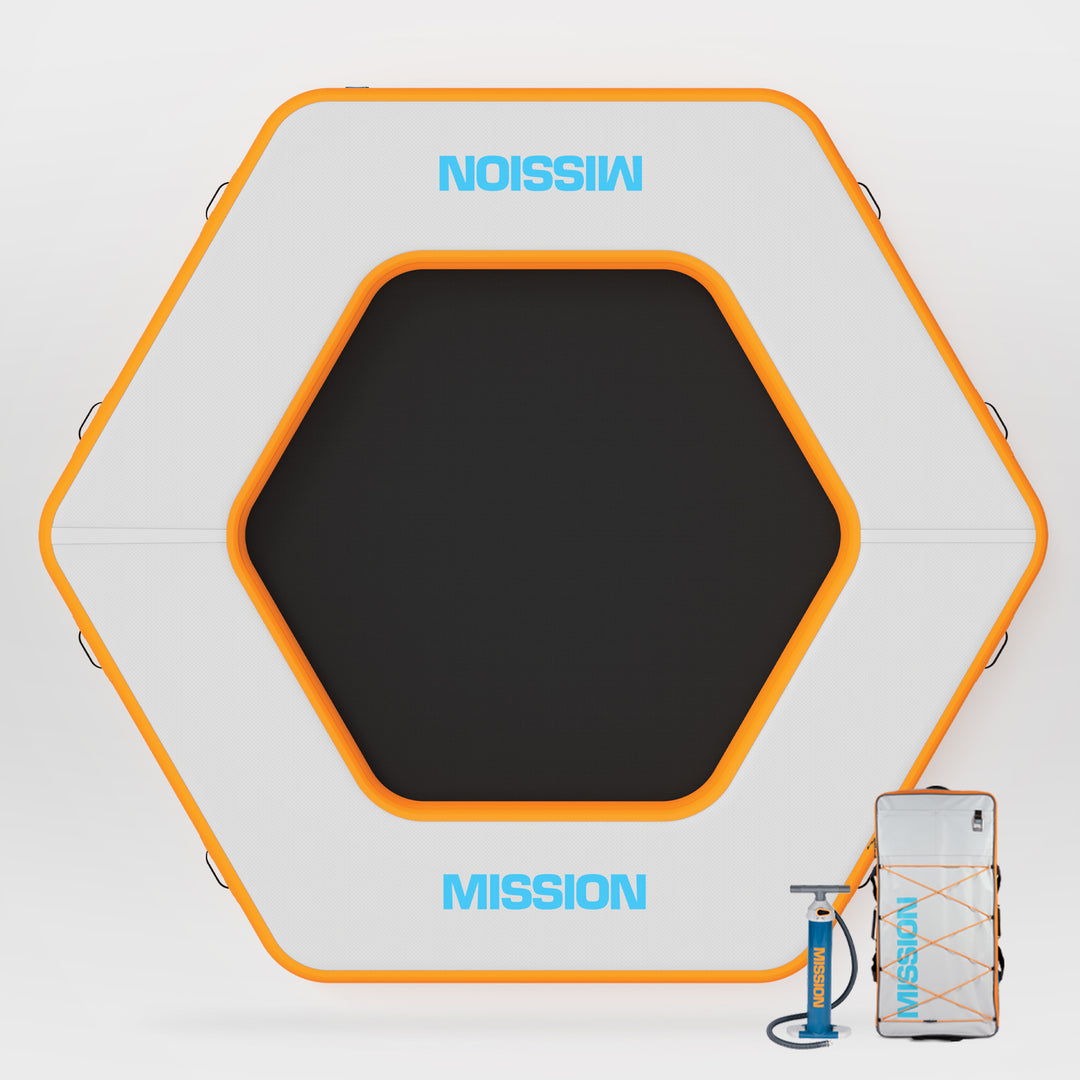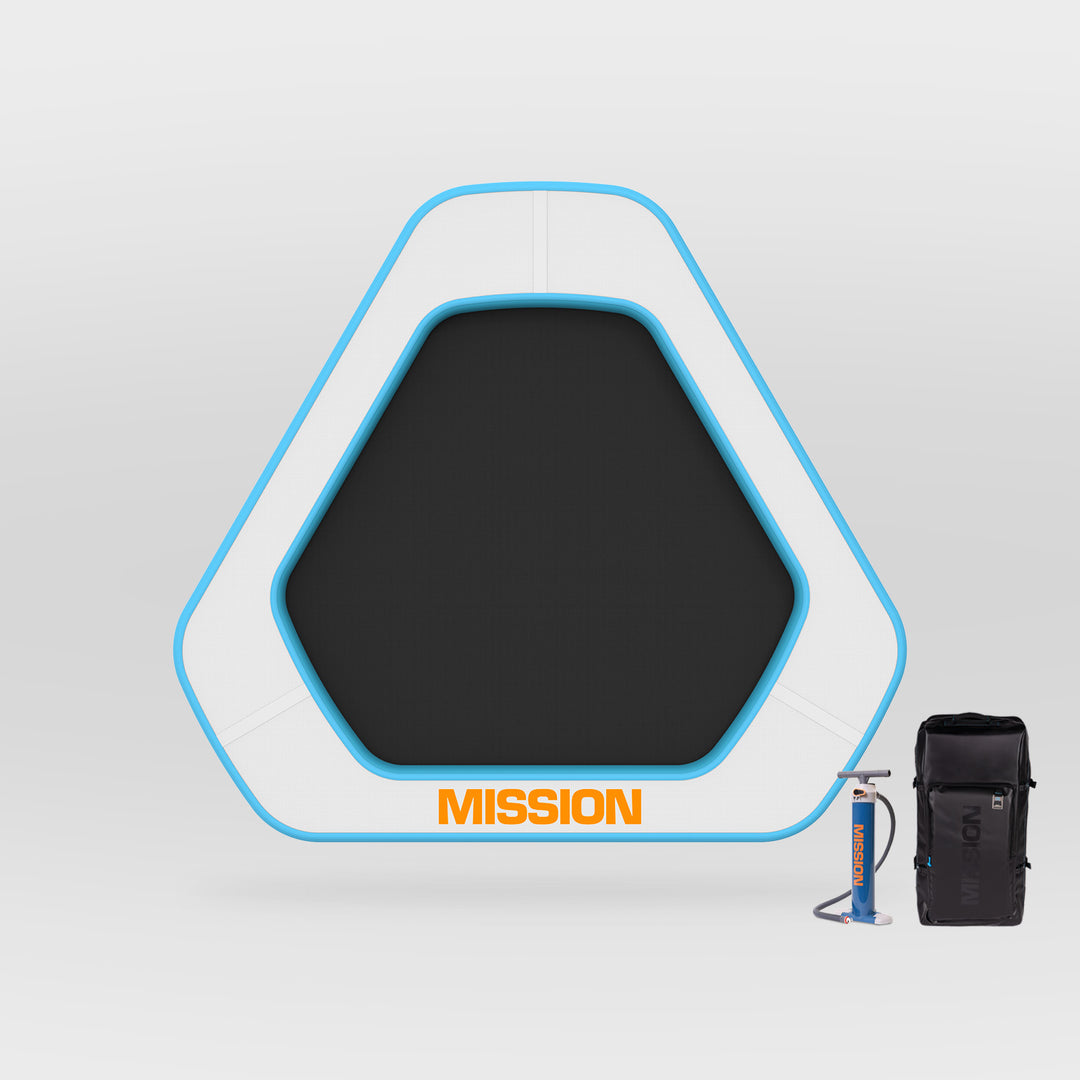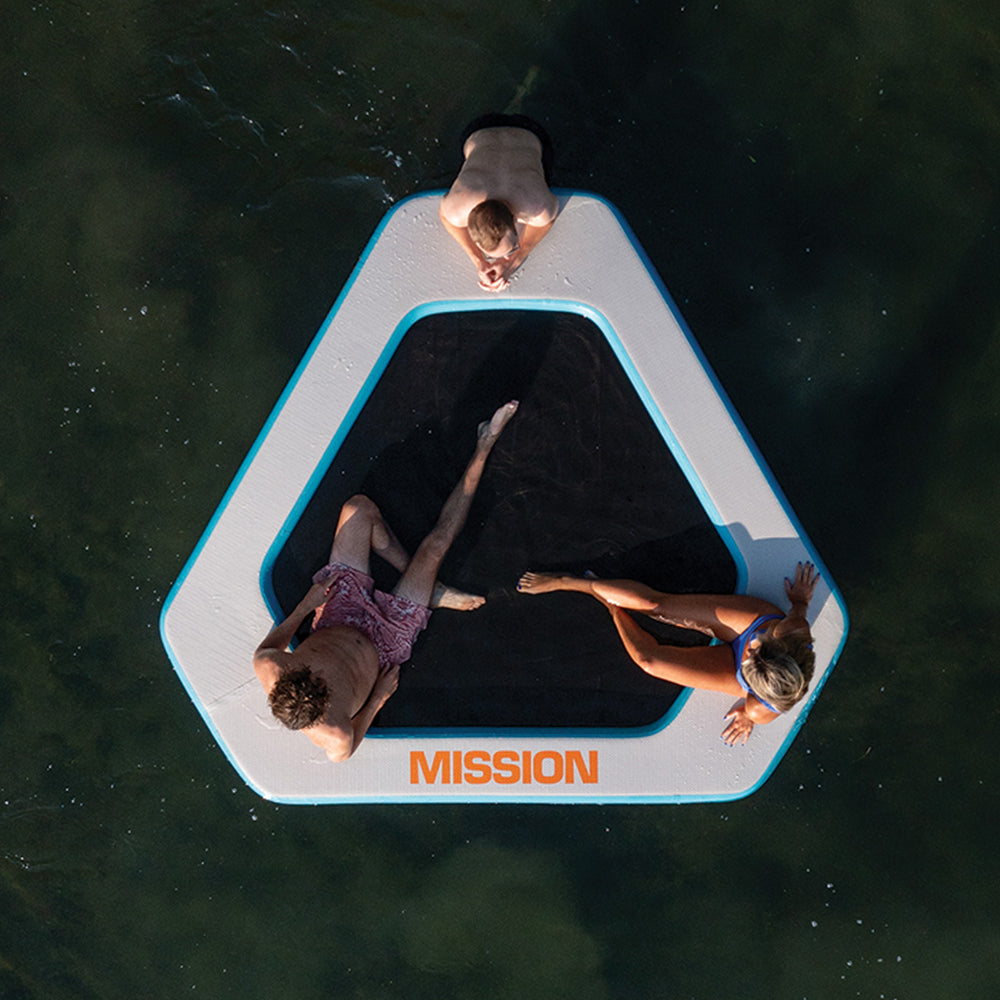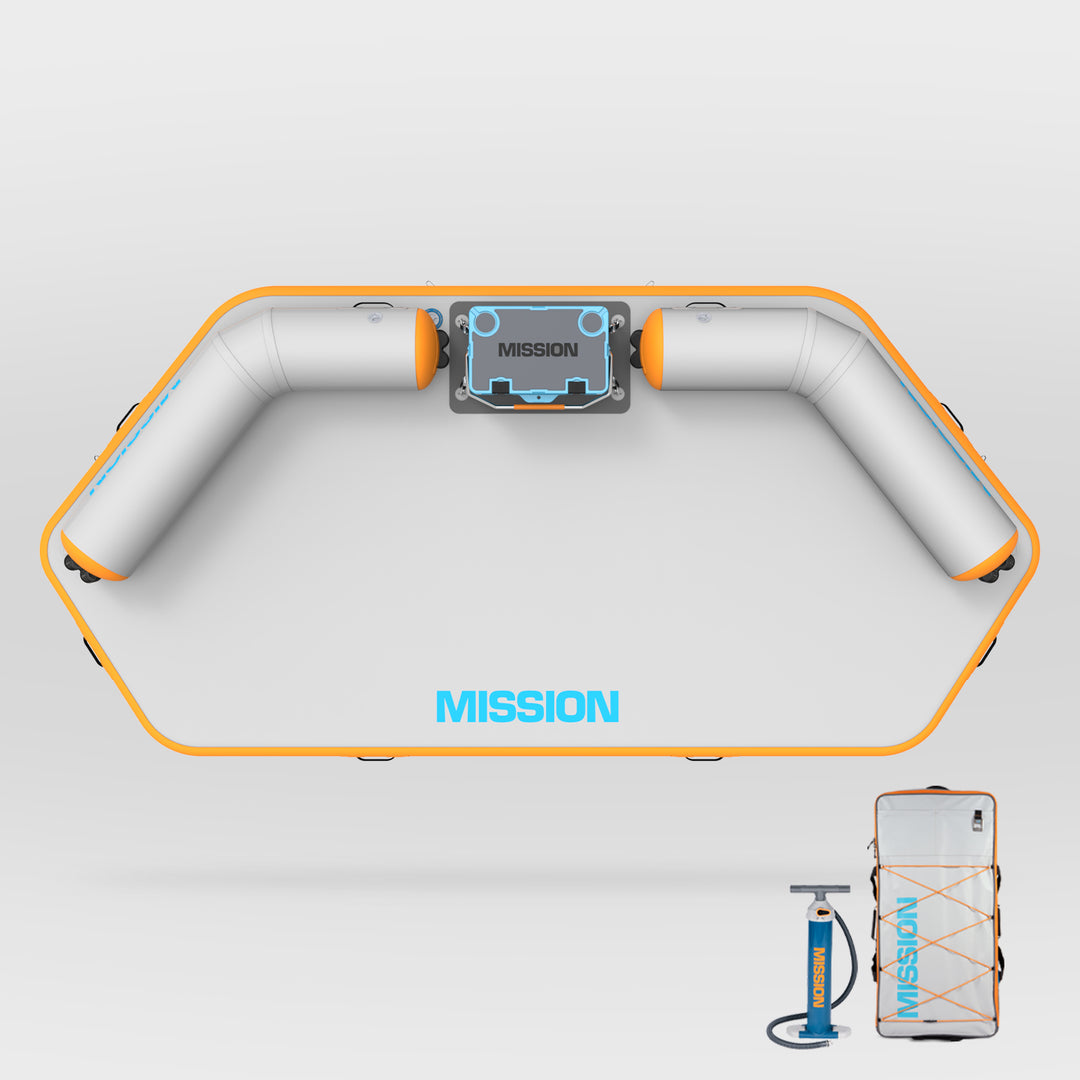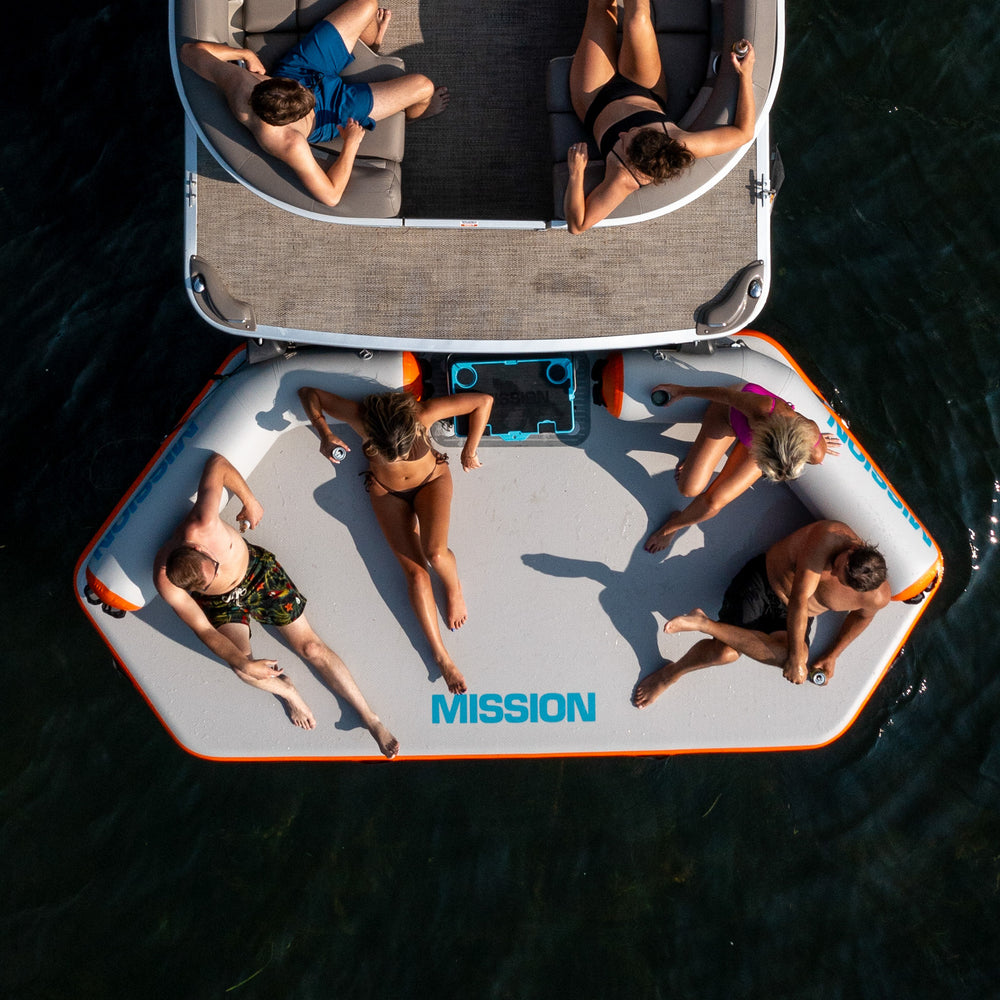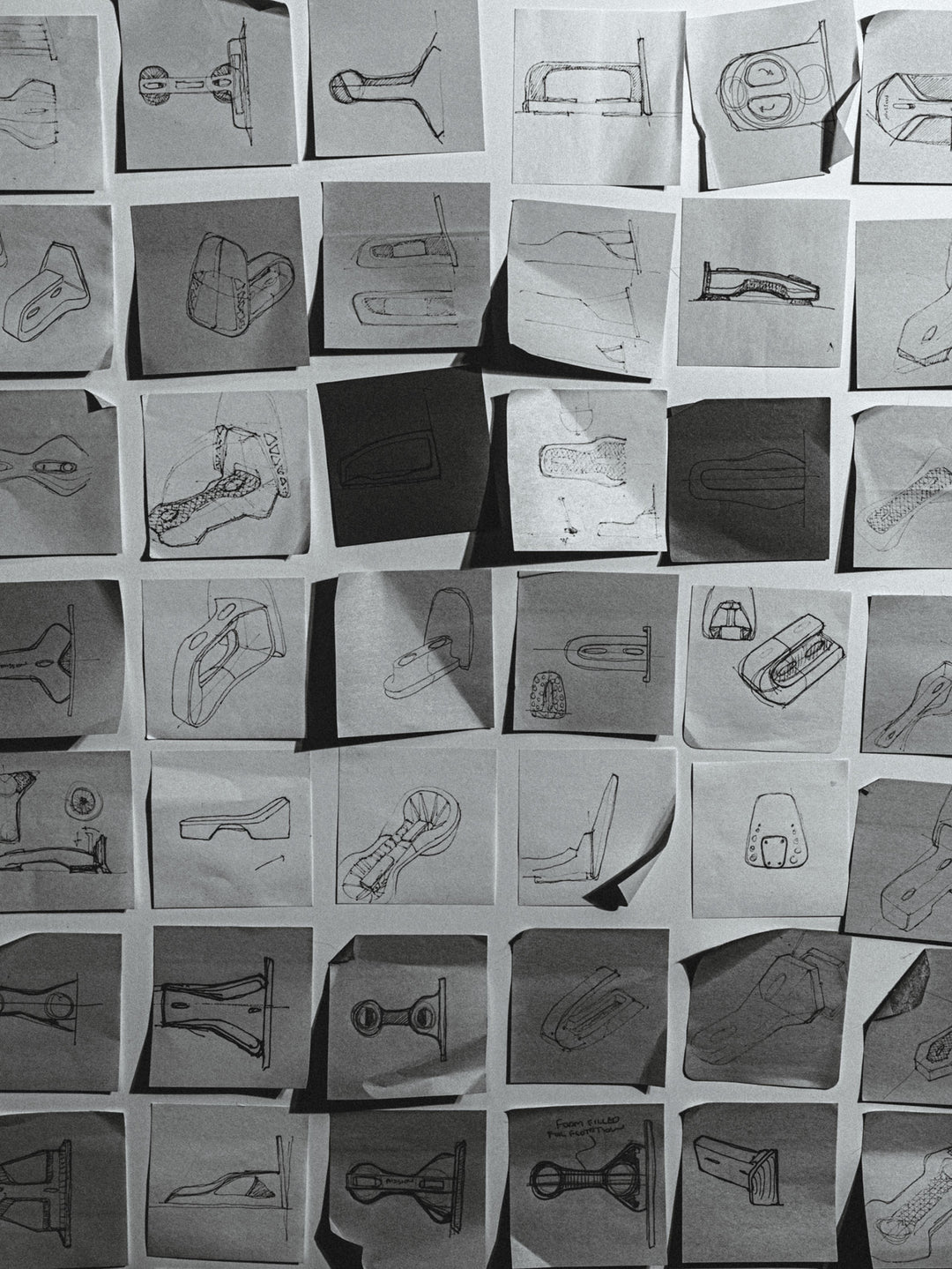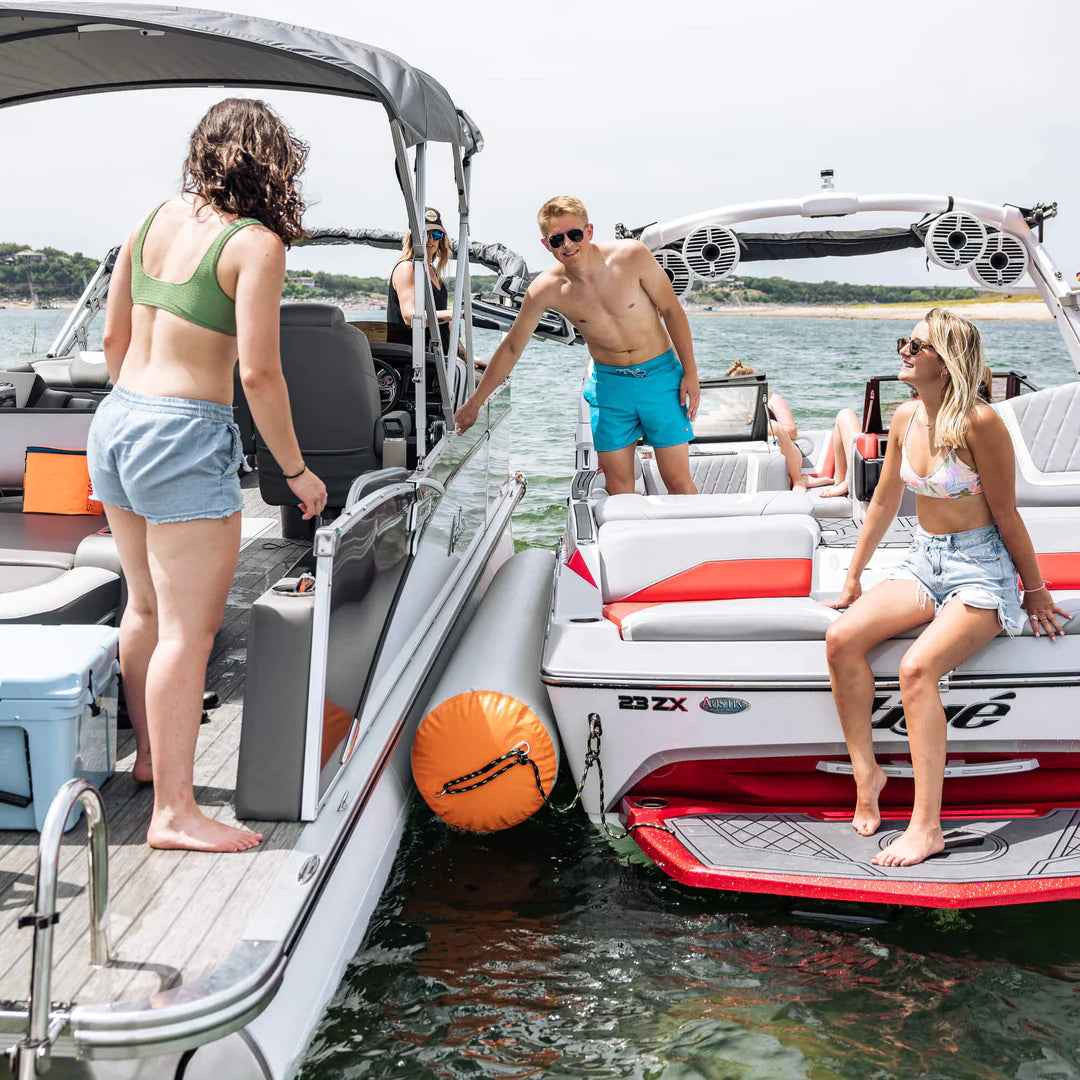Your Guide to Stand-Up Paddle Boarding
Whether you’re looking for a fun way to get a full-body workout or you’re trying to spend more time in the great outdoors, stand-up paddle boarding may be your next adventure. Paddle boarding is a great way to get in a killer core workout and have fun with friends all while getting a gnarly view of the horizon. However, before you head to the nearest body of water and hop on your board, it’s important to know how to get started. Let’s dive into some SUP basics.
Your Gear Guide: What You Need to Consider for Stand-Up Paddle Boarding
To have a successful SUP session, make sure you have these items at the ready:
1. The Right Paddle Board
If it’s your first time venturing out, you may want to start by renting or borrowing a paddle board to get a good taste of the sport. When you decide (or if you’ve already decided!) that you want to dive into the sport, consider taking a look at inflatable SUPs.
Inflatable paddle boards give you the freedom to pack-up and go without the hurdles of transporting a giant board on top of your car. For many people, this makes “actually getting out there” more realistic. For most people, decreasing barriers to a paddle session (we call it: “killing all the excuses”) is as important as anything else when it comes to paddle boarding.
The board you pick needs to be engineered for what you want to get out of the activity. Weight, portability, and rigidity are three factors to focus on. Inflatable paddle boards are geared towards all three – and to someone who wants the flexibility to grab their equipment and go on a whim or when the weather is perfect. If you want to learn more about inflatable board technology – check out MISSION’s iSUP line-up.
2. The Paddle
A good SUP paddle keeps you moving. SUP paddles are similar to canoe paddles, but stretched longer and typically much lighter. Most importantly is the fit – after all, you’ll be using it the whole time. As a newcomer to paddle boarding it may surprise you that your paddle should be taller than you. For proper length, stand with your arm raised above your head – your paddle should reach up to about your wrist. Buying an adjustable paddle gives you the flexibility to test and find your perfect fit.
The weight and rigidity of a paddle are other considerations. While the number of strokes that you take in a session will vary, it adds up quickly! Your paddle will be in your hand the whole time. Look for a paddle that is is both light-weight and that can maintain rigidity (aka not flex while you stroke). Aluminum and Carbon Fiber Paddles are both great options.
3. A Leash to Connect Your SUP to You
A leash attaches your paddle board to your ankle and keeps your board close by if you fall off. Some states may require a leash, so be sure to check your local regulations before heading out. You can expect to fall a lot as a beginner, so a SUP leash is a nice addition for new boarders.

4. Personal Flotation Device (PFD)
SUP’s are considered vessels, so depending on where your paddling adventure takes you, a PFD will be required. Children are almost always required to be wearing a PFD. Check your state regulations for full details. If you’re a beginner and you’re planning on heading into deep water, a life jacket is a good idea. It’s always a good idea to tell someone where you will be when paddling solo.
5. The Right Clothing
There’s a good chance you’re learning to paddle board in the summer months or at least when the weather is sunny and pleasant. Usually a swimsuit, board shorts, or shorts and a shirt will suffice. However, if you’re learning to paddle board in the cooler months, consider wearing a wetsuit. As a beginner, you should expect to get wet – so plan for it!
6. Sunscreen
Paddle boarding is a great way to soak up the sun… safely! You’ll notice that time flies while you’re out on the water, so make sure you take care of your skin while you learn to paddle board by lathering up on the sunscreen before heading out.

Stand Up Paddle Boarding for Beginners: SUP Basics
Now that you’ve got the right gear, here are a few tips on how to get started:
How to position your hands on a standup paddle board paddle
If you’re paddling to the left of your board, grip the top with your right hand and hold the shaft with your left. If you’re paddling on the right, grip the top with your left hand and hold the shaft with your right, like this:

How do you stand up on a paddle board?
- Start in relatively shallow water (about knee deep). It’s best to choose a calm body of water when starting out such as a bay or inlet. Be sure to check the weather and avoid windy water situations. Obstacles and big waves can make it extremely difficult to get started.
- Climb onto the center of the board in a kneeling position. Keep your knees about shoulder-width apart.
- Take a deep breath!
- Go on all fours (the paddle can be placed underneath your palms while putting weight on your fingertips).
- Place your feet (one at a time) where your knees were and come up into a squatting position.
- Slowly stand up, bringing the paddle with you.
- Put your hands into the position discussed above and take the very first stroke!

Paddle boarding tips once you’re standing
- Your feet should be parallel and hip-distance apart.
- Keep your toes pointed forward, your knees slightly bent, your back straight, and your head upright (avoid staring at your feet).
- Move your hips to shift your weight.
- Switch your hand positioning as you switch sides when paddling.
How do I get back on the paddle board if I fall off?
You’re a beginner, so there’s no avoiding the occasional fall from your paddle board. Take it as a challenge and try your best not to get frustrated. When you do fall, here’s how to get back on:
- Because you have a leash, your board should be right next to you when you fall. If your right hand is your dominant hand, position yourself to the left of the board (and vice versa). Then, grab the handle on the board with your less dominant hand.
- As you’re treading water, lean across the board and grab the far edge.
- Kick both of your legs up behind you so they are floating at the top of the water.
- Slide onto the board so your stomach is in the center of the board (you’ll be sideways on the board at this point).
- Slowly slide the rest of your body onto the length of the board.
- Once the water is calm, sit up so you’re straddling the board.
- Then, stand up like discussed above.

Is stand up paddle boarding a good workout?
Yes, definitely! Stand-up paddle boarding is an excellent workout. In fact, it strengthens everything from your upper body to your core to your legs. This may have you thinking, if it’s such a good workout, is stand-up paddle boarding even fun?! Yes again! It’s an extremely enjoyable activity that involves both your mind and body—plus, you get to spend time outdoors. It doesn’t get any better than that!

On a MISSION to Start Paddle Boarding?
Are you ready to start your SUP adventure? Check out MISSION’s inflatable stand-up paddle boards so you can head outside to soak up the sun and have some fun. Whether you’re a beginner or you’ve been paddle boarding for years, we’ve got the best stand up paddle boards on the market. Shop our TRIDENT collection of inflatable paddle boards today!




